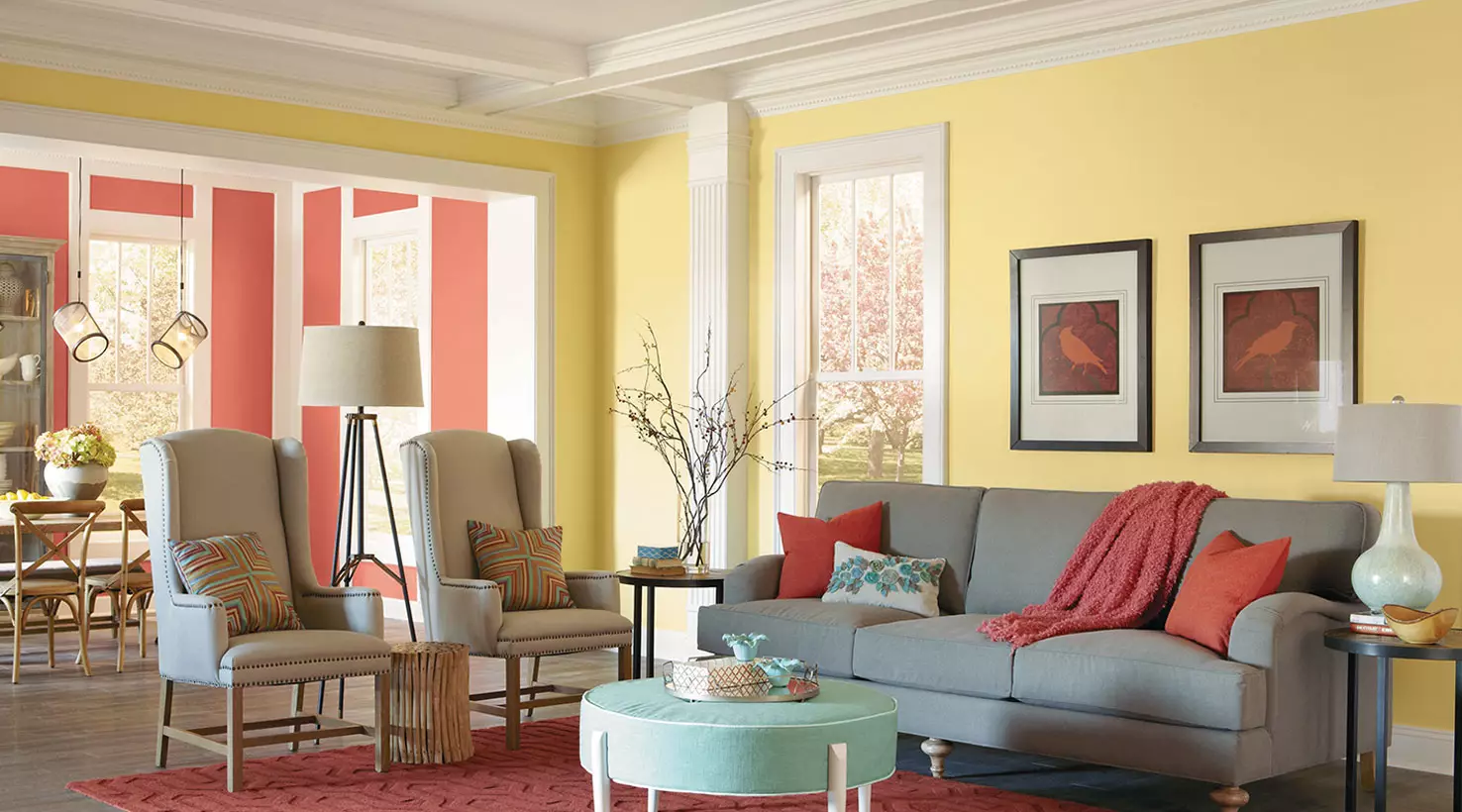Whether you’re going for a minimalist look or want to make your home feel like a cozy retreat, the right paint colors can set the tone. But choosing the right shade can be daunting, especially for first-timers.
For starters, understand that a color swatch looks different in every room. Light, exposure and undertones can play a huge role in the final result!
Colors to Avoid
A big mistake homeowners make when choosing paint colors is making their selection based solely on a color swatch. While this is a good starting point, you need to test your choice both day and night, in different lighting conditions and near your furniture.
Similarly, don’t base your color choice solely on the colors of decor accents or furnishings you have. These can change over time, and you may not want to be stuck with them if you decide to redecorate or move out of the house.
Also, consider the natural environment around your home and neighboring homes when selecting exterior paint colors. As Woman & Home notes, too bold of a hue can detract from the natural beauty of your yard and neighborhood, and it can turn off potential buyers.
Another mistake homeowners often make is painting a room before furnishing it. This can cause your final paint selection to clash with drapes, lamps sconces or other decor elements.
Colors to Consider
When it comes to painting a room or a house, it’s important to choose colors that will coordinate with the existing furniture and other features in the space. For example, if you have light pink bedding, you might want to match the paint color to the sheets and throw pillows for a cohesive look.
The direction your home or a room faces can also have an impact on how paint colors look. For example, north-facing rooms receive less natural sunlight and tend to have a cooler tone so you might want to consider a warm paint shade for those spaces.
If you’re considering painting your whole home, ask a hardware or paint store to provide samples of the colors you’re interested in. Try them out in your space at different times of day to see how they change under various lighting conditions. This will help you ensure that you find a color you love. The last thing you want is to be stuck with a color that you don’t really love down the road!
Colors to Mix
When working with cool paint colors, blend in some warm shades to balance the cool undertones. This is especially important in rooms with lots of natural light, since a paint color can look different at various times of day and under different lighting.
If you’re choosing paint for a whole home, be sure to sample the color in multiple rooms with your existing furniture and flooring (if possible) as well as in different lighting. This will help you avoid second-guessing your decision if the color turns out to be too bright or too dark when applied to your walls.
If you’re going with an earthy green for your home, choose the neutrals that coordinate best and use them in decor like pillows, curtains or flooring. This way, you can always change your decor to suit the trend without having to repaint your entire house!
Colors to Wear
One of the most common mistakes people make when selecting paint colors is choosing too many different hues. This can be distracting and can take away from the overall effect of the room. Instead, choose just a few colors that will create the mood and feel you want to achieve.
Paint color experts recommend taking a few days to decide on your final choice. It’s important to see how the color looks at different times of the day, as well as under natural and artificial light sources. This is especially true when it comes to whole house paint colors.
Consider asking your paint store to mix a sample of your ideal shade. This way, you can be sure that your new paint is a perfect fit for the rest of your home. For example, if you want a perfectly balanced greige like Agreeable Gray but cannot find it in stores, ask your paint store to create a custom blend for you.


